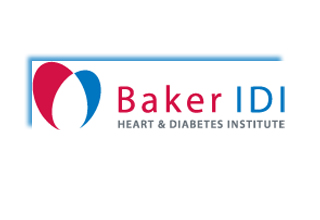
The investigation known as Cochrane Systematic Review concludes that remote monitoring of patients decreases cost on health services. In telemonitoring data can be possibly transmitted to a heart specialist by means of digital, wireless or Bluetooth technology. On the other hand, in structured telephone support, people give out important information like heart rate and rhythm, blood pressure and weight, over the phone.
While reviewing, investigators analyzed studies that were conducted on around 9,500 participants. Throughout the study, experts compared both of these technologies to usual care for chronic heart failure patients. It was mentioned that studies involving extreme specialist follow-up to patients in the intervention and/or control arms were not included in the current investigation. Probably because additionally provided resources could have confused the effects of the intervention.
Dr Sally Inglis of Baker IDI Heart and Diabetes Institute in Melbourne, Australia who is the lead author highlighted, “There are benefits of structured telephone support and telemonitoring for patients with chronic heart failure. These technologies can provide specialized care to a large number of patients who otherwise may have limited access to this type of specialized healthcare.”
25 peer-reviewed studies that included details of deaths and hospitalizations were thoroughly examined by the authors. The follow-up of these studies lasted from three to 18 months, along with many studies reporting outcomes after 12 months. Significant reduction in mortality rate of patients with chronic heart failure appeared due to telemonitoring. While 102 benefited in every 1000, around 154 among 1000 were from the control group. No considerable benefit was apparently monitored in structured telephone support on mortality for patients in these trials. From every 1000 around 112 were aided and 127 per 1000 in the control group reported similar results.
Dr Inglis quoted, “More work is required on the cost-effectiveness of telemonitoring to establish the best business models. These may vary depending on the local organization of health services. The optimal duration of monitoring has not yet been addressed.”
The experts suggested structured telephone support and telemonitoring to immensely decrease in the number of patients admitted to hospital for reasons of worsened heart failure. In heart failure patients provided with structured telephone support, around 164 in every 1000 were supposedly hospitalized than 213 in a control group. Furthermore, in patients given telemonitoring 225 among every 1000 were hospitalized as compared to 285 in a control group. In accordance to a few studies, patients’ revealed improvement in their quality of life and decline in health care costs.
